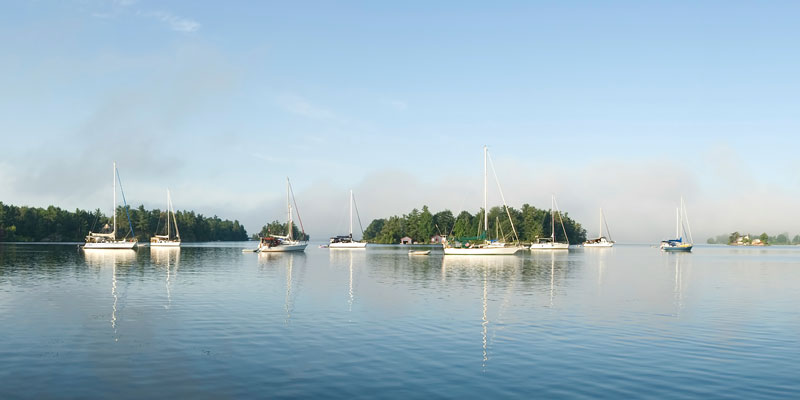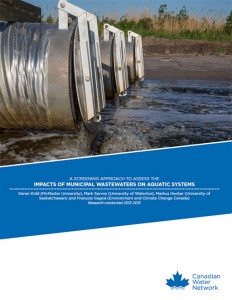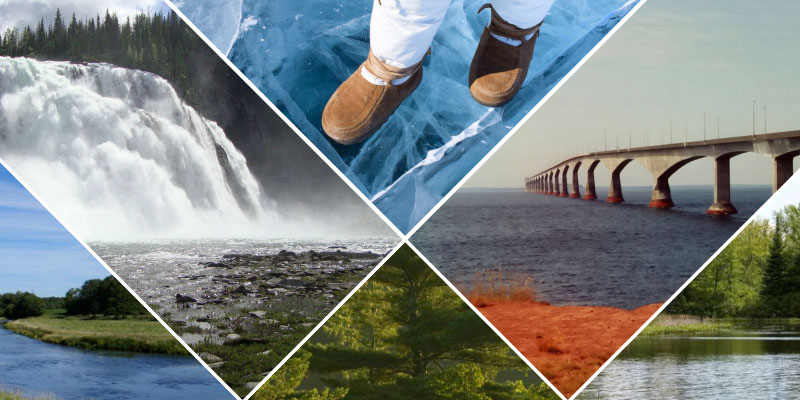Endocrine Disruption of Emerging Compounds in Municipal Wastewaters – Impacts to Wild Fish in the St. Lawrence River
Michel Fournier, Institut national de la recherche scientifique (2013 - 2015)

Challenge
Municipal wastewater effluent is globally recognized as a major source of contamination for aquatic biota living in receiving waters. These treated wastewaters contain a number of micropollutants, which are recognized to have estrogenic properties causing negative effects on aquatic organisms, including the disruption of sexual differentiation, immune systems and reproduction.
Montréal, with over 2 million people, has one of the largest volume effluents in North America (2.5 million m3/day). The city’s wastewater treatment plant is scheduled for upgrades in 2016, which marks an excellent opportunity to measure ‘before and after’ conditions in order to generate insights on a national scale.
Project
A team of ecotoxicology and environmental chemistry experts measured the presence and effects of emerging chemicals in the St. Lawrence River, including whether these chemicals were compromising the endocrine systems of wild fish. Samples were taken from 3 sites discharging wastewater effluent:
- Montréal was selected as a high risk site, as it is one of the largest contributors of wastewater effluent volume in North America and employs only primary treatment.
- Québec City was selected as a low risk site due to its advanced treatment, including high performance sand filtration and removal systems.
- A reference site was located upstream from Québec City in the green waters of the seaway.
This study involved three major activities:
- Analysis of the physical and chemical characterization of municipal wastewaters at each site
- Analysis of how organic matter collected each site impacts endocrine activity, using in vitro fish and/or human cells. In vitro studies use components of an organism, isolating them from their usual biological surroundings to permit more detailed analysis.
- Analysis of how municipal effluent impacts wild fish, with an emphasis on minnow species, round gobies and yellow perch.
Outputs
- A workshop was held at the end of year two with participants from communities along the St. Lawrence River, as well as other stakeholders.
- Bi-annual meetings were held with the project partners to share the study’s findings.
- Presentations were conducted at various meetings and workshops.
Outcomes
- The project resulted in increased knowledge on the impacts of wastewater effluents in aquatic ecosystems under stress and the performance of wastewater treatment methods.
- The project findings were disseminated to the project partners, including Environment Canada and Climate Change (ECCC), Health Canada, the Ministère du Développement durable, de l’Environnement, de la Faune et des Parcs (MDDEFP) and Canadian municipalities.





